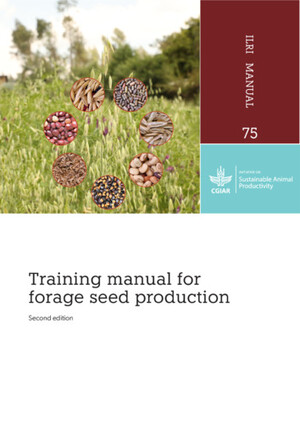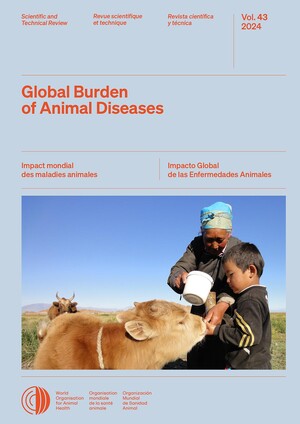
Genome segment ratios change during whitefly transmission of two bipartite cassava mosaic begomoviruses
Abstract
Cassava mosaic disease is caused by a complex of whitefly-transmitted begomoviruses, which often occur in co-infections. These viruses have bipartite genomes consisting of DNA-A and DNA-B that are encapsidated into separate virions. Individual viruses exist in plants and whitefly vectors as populations comprising both genome segments, which can occur at different frequencies. Both segments are required for infection, and must be transmitted for virus spread to occur. Cassava plants infected with African cassava mosaic virus (ACMV) and/or East African cassava mosaic Cameroon virus (EACMCV), in which the ratios of DNA-A:DNA-B titers differed between plants, were used to examine how titers of the segments in a plant relate to their respective probabilities of acquisition by whiteflies and to the titers of each segment acquired and subsequently transmitted by whiteflies. The probabilities of acquiring each segment of ACMV did not reflect their relative titers in the source plant but they did for EACMCV. However, for both viruses, DNA-A:DNA-B ratios acquired by whiteflies differed from those in the source plant and the ratios transmitted by the whitefly did not differ from one – the ratio at which the highest probability of transmitting both segments is expected.
Citation
Kennedy, G.G., Sharpee, W., Jacobson, A.L., Wambugu, M., Mware, B. and Hanley Bowdoin, L. 2023. Genome segment ratios change during whitefly transmission of two bipartite cassava mosaic begomoviruses. Scientific Reports 13:10059.










